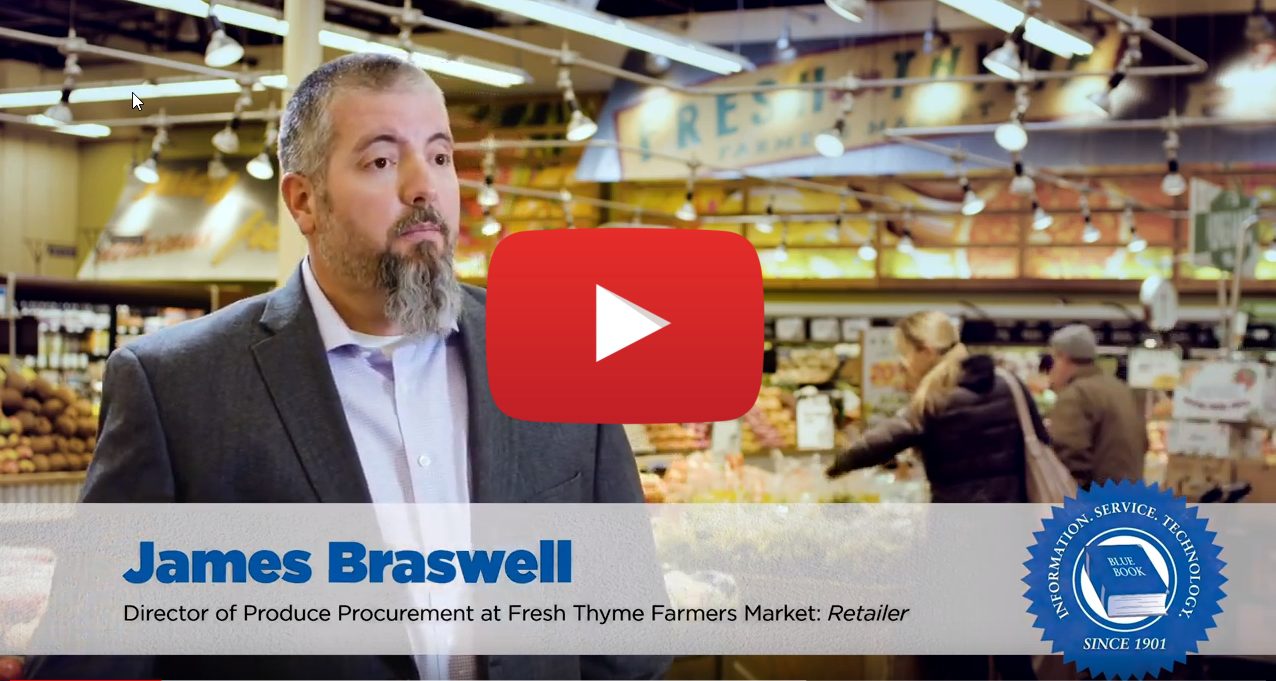The Atlanta State Farmers Market, a gem for produce lovers, sits on 160 acres, is occupied by 54 wholesale and retail vendors, and is open seven days a week to everyone. In addition to the merchants, there is also a welcome center, restaurant, and community garden. Part of the attraction of being open to the public is the opportunity to sponsor events. Multiple Georgia state farmers’ markets have hosted grower showcases, connecting consumers to growers of the many available fruits and vegetables and building stronger relationships between the community and market. Such events often include fun for the whole family with everything from watermelon seed spitting competitions to wine tastings.
In addition to hosting occasions, the state’s network of farmers’ markets is filled with a broad range of vendors. “There’s a great advantage to the many different produce companies on this market,” comments Andrew Scott, director of marketing and business development for Nickey Gregory Company, LLC. “We all trade back and forth with one another and if we’re sold out of an item, we can call around on the Market to source it. From Hispanic items to specialties to mushrooms and fruits and veggies, the Atlanta Market has a variety to choose from.”
Currently, Nickey Gregory, which has its own transportation arm at the market and a branch in Miami, is expanding its warehouse to create over 100,000 square feet of refrigeration space, which will help assuage concerns about perishability during heat spells. “Weather temperatures have been above normal lately here in Georgia,” Scott says, “affecting shelf life and quality of product.”
TOP COMMODITIES
Georgia is split into five distinct regions with varying climates: the Coastal Plain, Piedmont, Blue Ridge, Ridge and Valley, and Plateau. And while much of the state’s prime land is devoted to non-produce items, Georgia’s distinctive peaches, Vidalia onions, and other crops thrive in the state’s mild climate, allowing growers to plant and harvest with both spring and fall plantings.
Vegetables, for both fresh consumption and processing, ring up sales of more than $2 billion annually and provide in excess of 16,000 jobs. Among the top vegetables grown and sold in Georgia are watermelon, bell peppers, sweet corn, cucumbers, eggplant, squash, cabbage, cantaloupe, tomatoes, beans, and zucchini. Of course, onions are also part of the list, most notably the famous Vidalia sweet onions.
Versatile Vidalias
Vidalias, which are trademark protected, can only be grown in southern Georgia. Production is in and around the town of Vidalia and limited by law to just 20 counties: Emanuel, Candler, Treutlen, Bulloch, Wheeler, Montgomery, Evans, Tattnall, Toombs, Telfair, Jeff Davis, Appling, and Bacon, and portions of 7 other counties. This unique vegetable is always hand-planted and harvested and can only be sold during a limited marketing season, as mandated by the Georgia Agriculture Commission and set forth by the Vidalia Onion Act of 1986.



